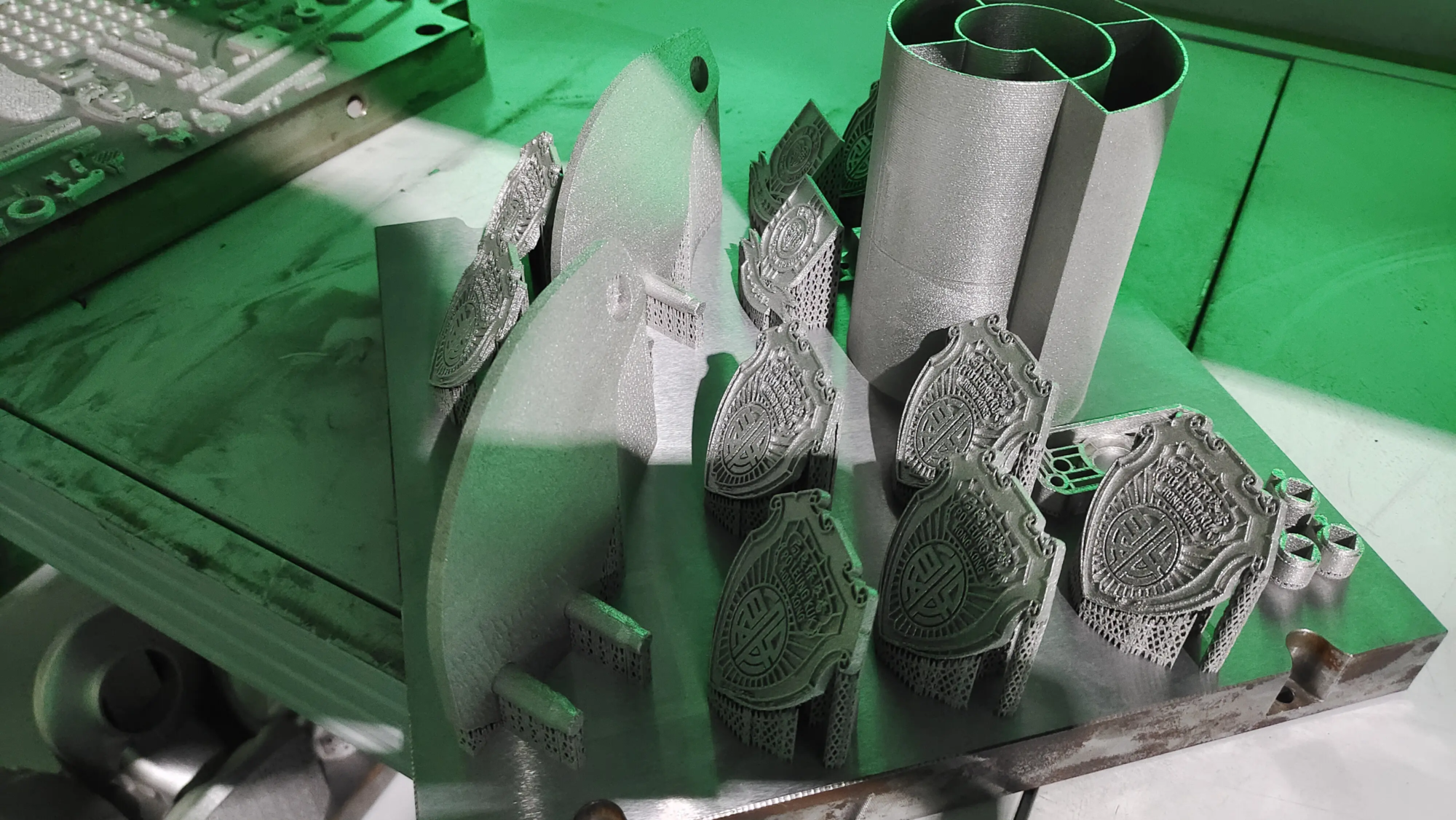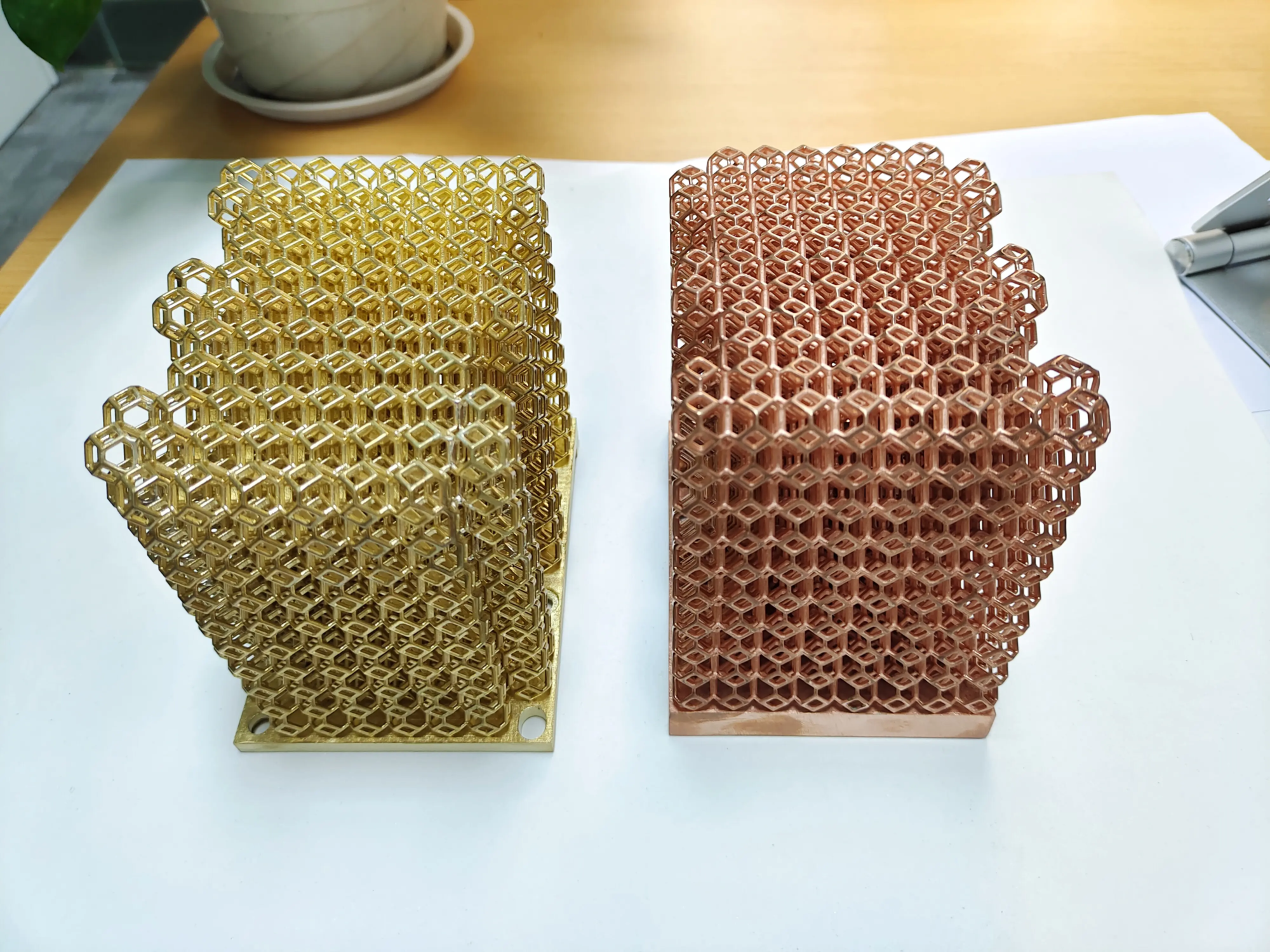Leiden University monitors the interaction of these tumors with immune cells in real time during testing.
September 5, 2024, according to the Resource Library, Leiden University’s Center for Drug Research recently announced that the school’s research team has developed a revolutionary model using 3D printing technology to create small-sized drugs in an environment very similar to human tissue. . This technology is expected to advance the development of cancer immunotherapy. At the same time, the researchers also developed a new real-time monitoring method to observe the interaction of these tumors with immune cells.
Anita Liao, doctoral student at Leiden University, explains: “We used this new method to test the effectiveness of enhanced T cells and bispecific antibodies. This ensures that only the most promising drug candidates advance to the next phase of research and clinical trials. »
Cancer cells manage to evade detection by the immune system in various ways and can even resist attack by immune cells. The goal of immunotherapy is to help the immune system identify, attack, and ultimately destroy cancer cells. This can be achieved through drugs that strengthen the immune system or improve T cell function. Research at Leiden University focuses on the latter and tests new strategies to improve treatment outcomes.
Researchers used 3D printing technology to create tumor models and monitor the interaction between tumors and immune cells in real time during the process. This method can accurately simulate the interaction process between T cells and cancer cells. T cells are a type of specialized immune cell that attack cancer cells on their surface and act as antennas to identify cancer cells. By extracting the patient’s T cells, engineering more powerful receptors, and then injecting them into the patient, the T cells’ ability to recognize and destroy cancer cells can be improved. Additionally, bispecific antibodies can bind to T cells and cancer cells simultaneously, helping T cells locate and eliminate cancer cells.
Overcoming the limitations of traditional methods
Traditional immunotherapy testing methods usually mix tumor cells, T cells and antibodies in a culture dish for observation, but this method cannot reflect the complex conditions of the human body. Erik Danen, professor of cancer drug target discovery at Leiden University, said: “In a culture dish, T cells come into direct contact with tumor cells and can start killing them immediately. But in a real in vivo environment, T cells must navigate Starting with the location of the tumor, the whole process is much more complicated.
3D printed tumor model and its real-time monitoring
In order to simulate the human body environment more realistically, the research team used 3D printing technology embedded in collagen gel to create a realistic tumor model. Liao explained: “This collagen gel can simulate human tissue. We use a bio-3D printer to inject tumor cells into the gel to form three-dimensional micro-tumors. These tumors will grow and spread in the gel, very similar to real tumors. in the body.” Similar. Then we added T cells to the model and let them seek out and attack tumors. “This method is not only very realistic, but also has the advantage of high throughput and is suitable for test the effects of different enhanced T cells and antibodies.
In addition, the research team also developed an automated microscope system capable of monitoring the dynamic changes of these 3D printed tumors in real time. Using this system, researchers can observe in detail how T cells interact with tumor cells and the defense strategies adopted by tumor cells. Professor Danen emphasized: “We can not only observe the effects of enhanced T cells and antibodies, but also analyze the defense response of tumor cells, which provides new ideas for optimizing treatment strategies. »
Preliminary results of the new model
This new model successfully tested a variety of bispecific antibodies. Studies have shown that not all effects demonstrated by antibodies in old test models can be reproduced in new models. Professor Danen added: “In the new, more complex model, we found that the most effective antibodies not only activated T cells, but also released signaling molecules that attracted more T cells to participate in the attack. With this method, T cells and tumor cells are mixed directly, and the T cells can start attacking immediately and cannot display this complex behavior. The new model will help identify the most promising antibodies and advance them into clinical trials.
Advancing treatments for breast and eye cancers
Currently, the team has started using this model to test improved T cell receptors. For example, they are evaluating a T cell receptor developed by Mirjam Heemskerk, an immunologist at Leiden University Medical Center, to treat cancer eyes. At the same time, the research team is also collaborating with the Reno Debets laboratory at the Erasmus Medical Center in Rotterdam to test new T cell receptors for breast cancer. Professor Danen said: “Our model successfully predicted which receptors are effective in experiments on mice. These improved receptors are now ready for clinical trials. We hope this research will lead to more precise and effective treatments for cancer patients. Effective treatment options.
Using 3D printing technology to simulate human tumors and monitor their interactions with immune cells in real time, this innovative research from Leiden University not only provides a more precise tool for testing immunotherapy, but also brings new information on the development of new cancer treatments. hope. This technology could become a key step in future cancer treatment, helping scientists more efficiently select the most promising immunotherapy drug candidates, giving patients more hope of survival.





